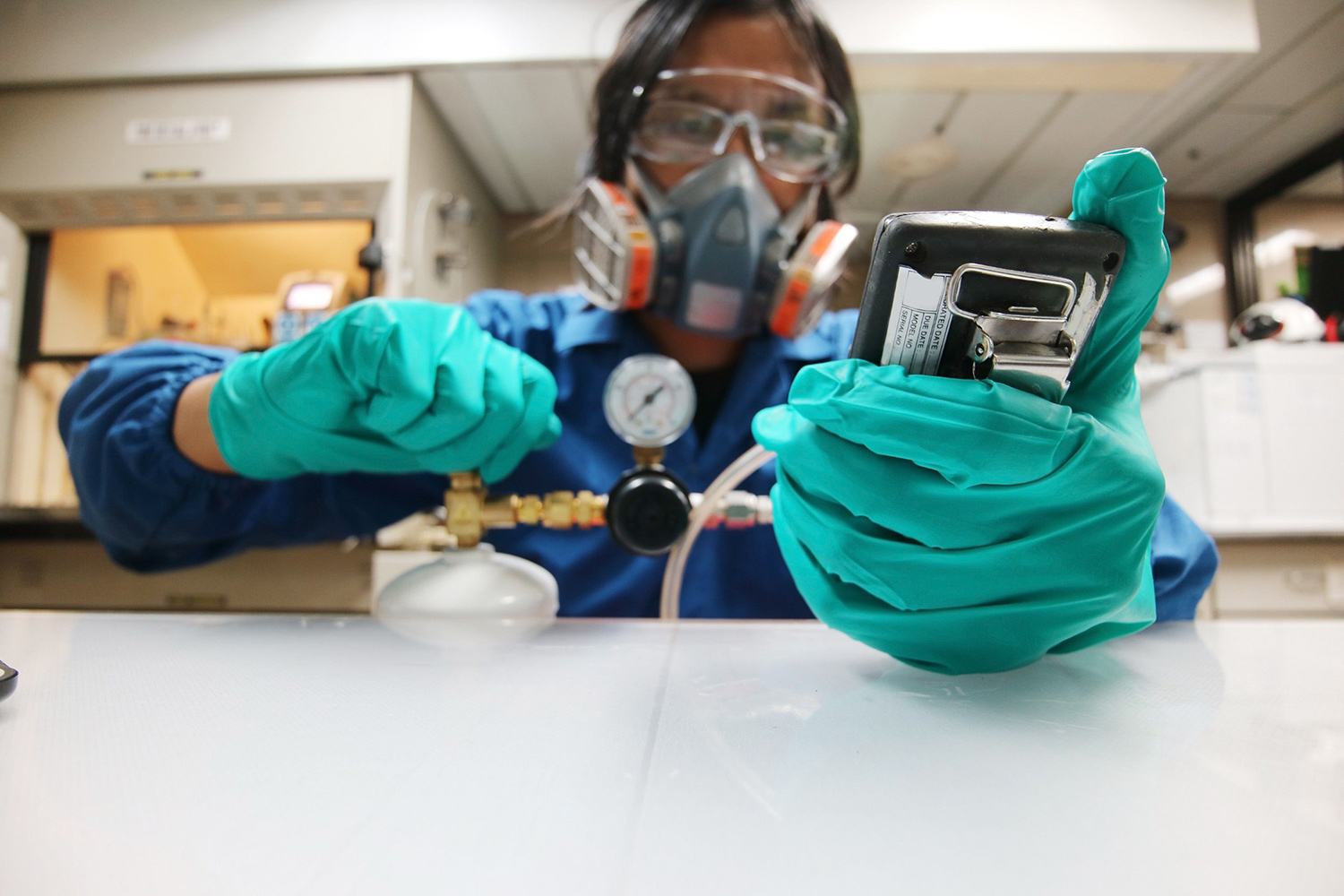because of The most frequent breakdown in catalytic sensors is performance degradation exposure to certain poisons. Therefore, it is necessary that any gas detection system be calibrated at the time of installation and checked often and re-calibrated as required.
The frequency of gas detection system calibration is one of the most common questions regarding the use of gas detectors. Regulatory agencies usually refer users to follow manufacturers’ guidelines for calibration. Nearly all manufacturers recommend semi-annual calibrations for nearly all of their gas detectors.
How frequently should a gas detector be calibrated?
Before answering that, some more questions require to be asked.
- How accurate do you need your readings to be?
- What is the reason for the gas detection?
- What type of gases are you measuring?
Choices on the calibration frequency are dependent on your application, the type of gases you are measuring, and your objectives.
Suppose you measure relatively low concentrations of relatively safe gases. If there are multiple redundant detectors for each gas, such as vehicle exhaust products in a parkade, merely meeting the legislative minimums of semi-annual calibrations will likely be sufficient.
If, on the other hand, you measure potentially fatal concentrations of highly dangerous gases, such as pure Hydrogen Sulfide or Ammonia, or potentially explosive concentrations of flammable gases, then quarterly or even monthly calibrations, possibly combined with frequent bump testing, may be called for.
Suppose a gas detection system has been subject to higher gas concentrations or abnormal conditions. After the gas event exposes the detectors to high gas levels, it is recommended that calibration or a bump test be performed.
In general, we suggest that the gas detection system is calibrated at least every six months for dependable performance.
Do you need to calibrate even when the Gas Detector is relatively new?
The simple answer is, yes! Once it is installed and exposed to the toxic gas, the sensors begin to work. When they are first exposed to the gas, they are designed to sense; they start reacting, leading to sensor drift.
The best practice is to regularly calibrate both new and old gas detectors following the manufacturer’s recommendation.
Good service and calibration schedules also give you the confidence that you can rely on your gas detection system in the event of gas exposure.
Summary:
While no one will disagree that regular detection system calibration can be inconvenient, its importance can never be minimized. Regular calibration prevents sensor drift and ensures that the readings are accurate and trustworthy and that faulty equipment is discovered and can be replaced as early as possible. Gas detectors are life-safety devices. Don’t inaccurate readings or a few minutes of maintenance to stand in the way of a properly functioning life-safety device.





